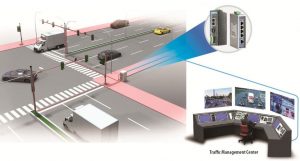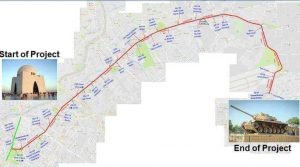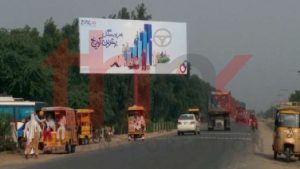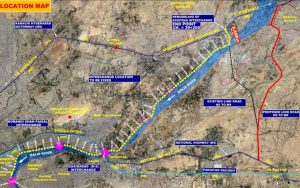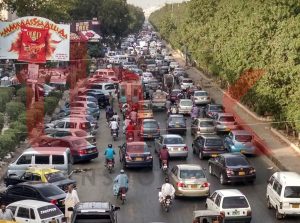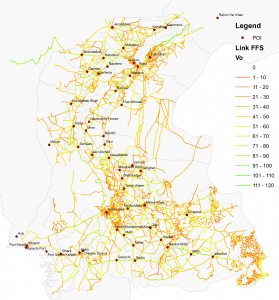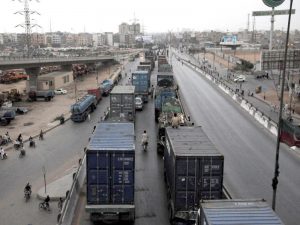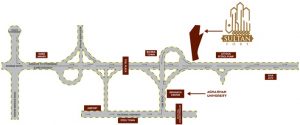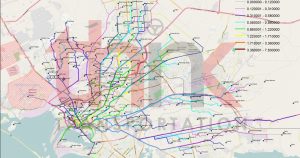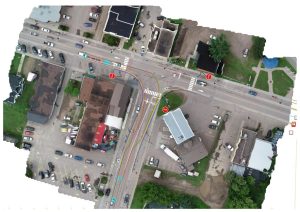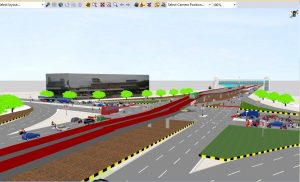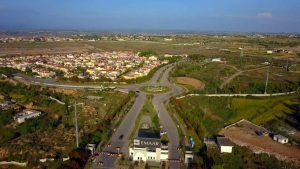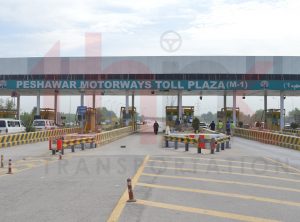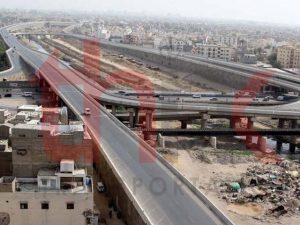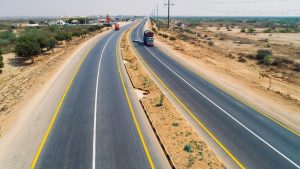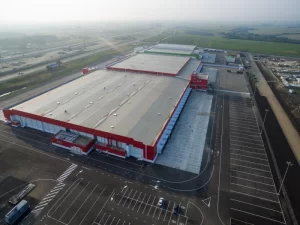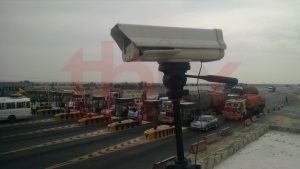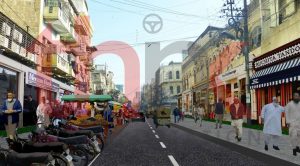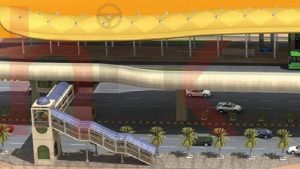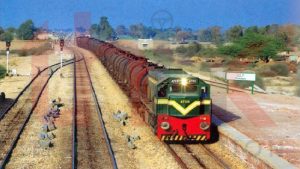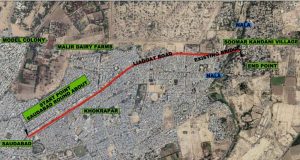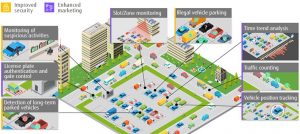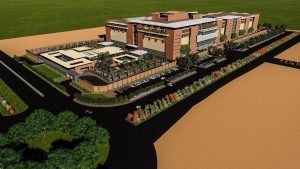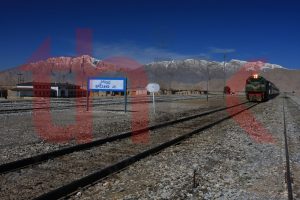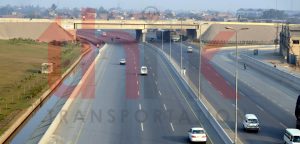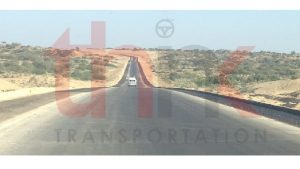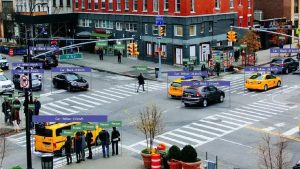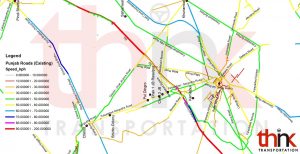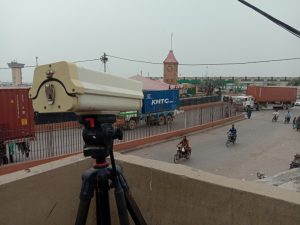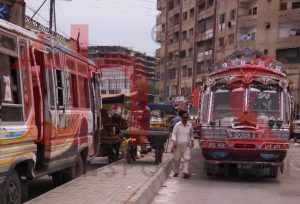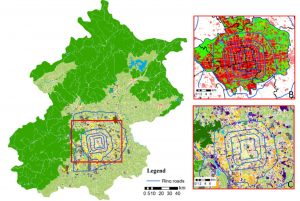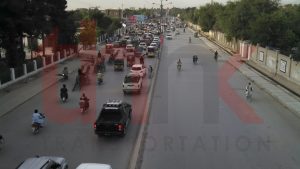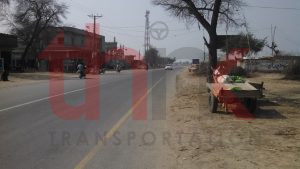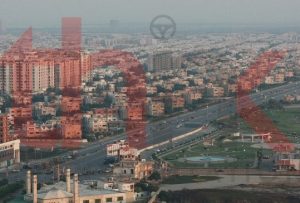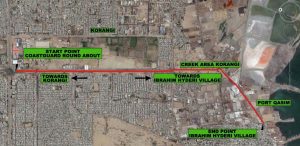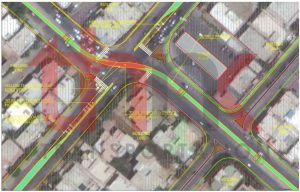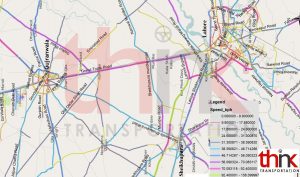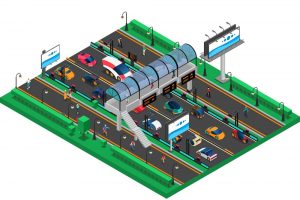
FAISALABAD RING ROAD
Traffic Survey, Transportation Planning
15
Traffic Survey, Transportation Planning
Completed
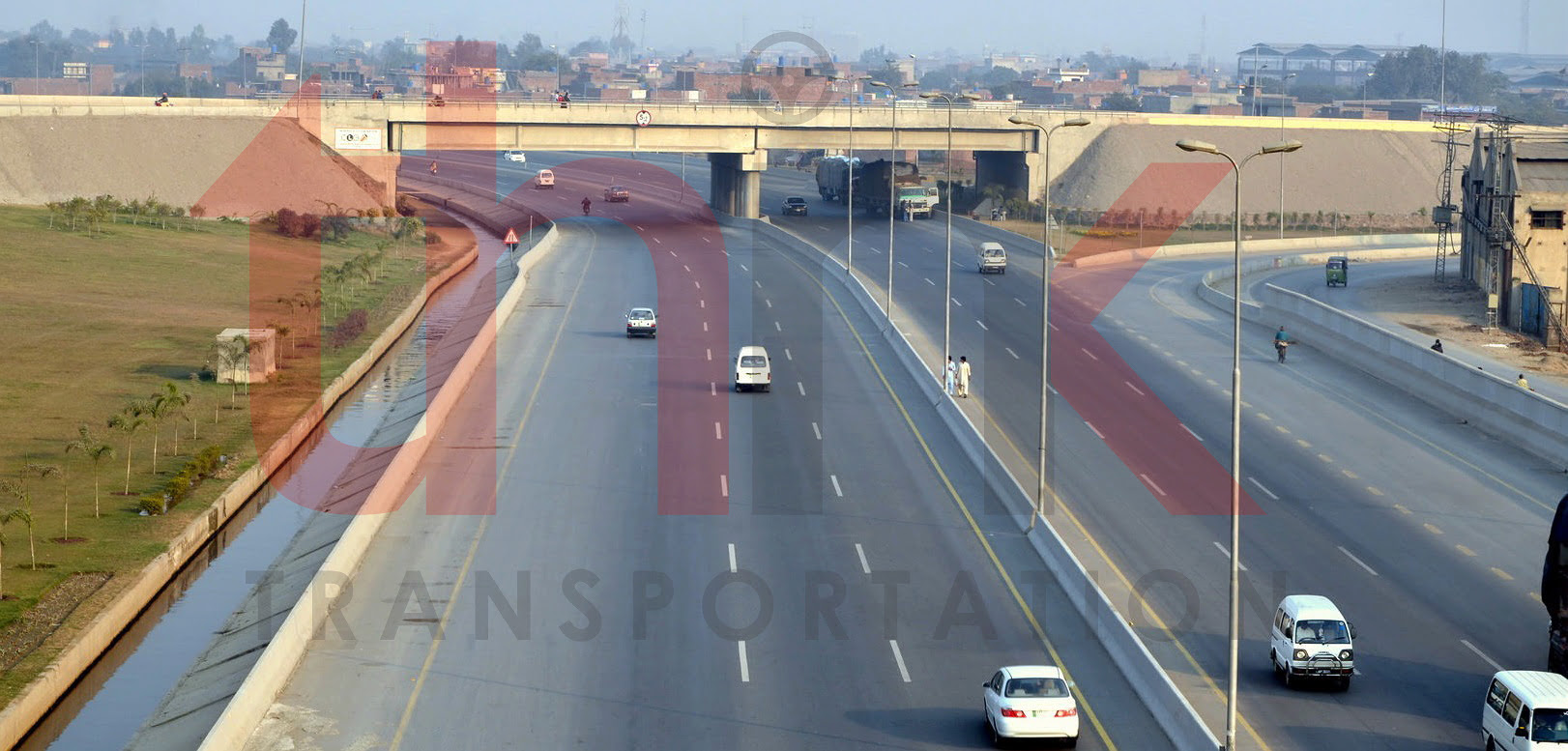
The road network in Pakistan carries over 96 percent of inland freight and 92 percent of passenger traffic and is undoubtedly the backbone of the economy 1. With this large share in carrying the passenger and goods traffic all across the country, roads play a major role in the transportation system and provide connectivity between the centers of production and areas of consumption of agricultural and industrial goods facilitating economic growth, integrating the country, and helping reduce poverty. Due to various economic factors including the declining share of railways in the carriage of passengers and goods and the consequent shift towards their movement by road, the traffic volumes have been on the rise not only in the urban regions of Pakistan but also on the rural roads during the last three decades. The increase in the road traffic, especially the heavy goods vehicles, coupled with a backlog of maintenance due to non-availability of sufficient funds, has resulted in the deterioration of the road infrastructure, economic losses due to travel delays and higher vehicle operating costs, environmental pollution due to traffic congestion and above all severe traffic hazards. All these factors reflect towards an immediate need for the widening and improvement of road infrastructure to meet the rising demand for roadway capacity and pavement strength to sustain the imposed heavy loads in a reliable, safer, economical and environment-friendly manner.
Punjab, being the largest province in the country, has a road network of around 107,973 km including about 3.5% National Highways and 30% low type 2 roads. Being cognizant to the growing need for enhancing the capacity and strength of the road infrastructure, the Govt. of Punjab has embarked upon an ambitious programme of dualization and widening of roads and construction of rural highways and farm to market roads.
The Faisalabad district is surrounded on the North and West by Hafizabad, Jhang and Toba Tek Singh districts respectively. In the East it touches Sheikhupura and in the South it is bounded by river Ravi, across which lies Okara. The district spreads over an area of 5856 Square kilometers comprising of six tehsils, Faisalabad city, Faisalabad Sadar, Samundri, Jaranwala, Tandiwala, Chak Jhumra.
The length of project road segment is 98km, the ring road is defined as a centrifugal highway constructed outside the city boundary to provide different entry/exit points to the city in order to avoid traffic congestion in the city center and keep away the heavy loaded traffic from the city, the shape of road is arterial or a loop that connects different link roads. The district spread over 58.56 square kilometer and comprises of six tehsils, Faisalabad city, Faisalabad Sadar, Samundri, Jaranwala, Tandiwala, Chakjhumra.
This project examines the traffic data from historic and recent studies for Dualization of Faisalabad Ring Road in February 2015 in order to evaluate traffic volumes and vehicle classifications that would utilize the Project Section of the Road.
The fundamental aim for carrying out traffic studies was to acquire primary inputs for devising feasibility of the Project followed by geometric and pavement design of the road. The study was commissioned giving due consideration to the intricate and overall project requirements as agreed in the terms of reference and scope of works. Traffic insights were acquired by collection and review of historic data, fresh traffic surveys including video graphic surveys and Manual Classified Traffic Counts at mid blocks and Peak Hour Turning Movement Counts at Intersections, Origin – Destination Surveys, Willingness to Pay Surveys and study of the existing route characteristics. The findings were keenly evaluated by experts for determination of traffic forecasts for the next 25 years; capacity analysis comprising determination of the year-wise level of service and lane requirements after completion of the project; and also the determination of 18-kip equivalent standard axle load repetitions over the analysis period presented in the Preliminary Pavement Design Report.

